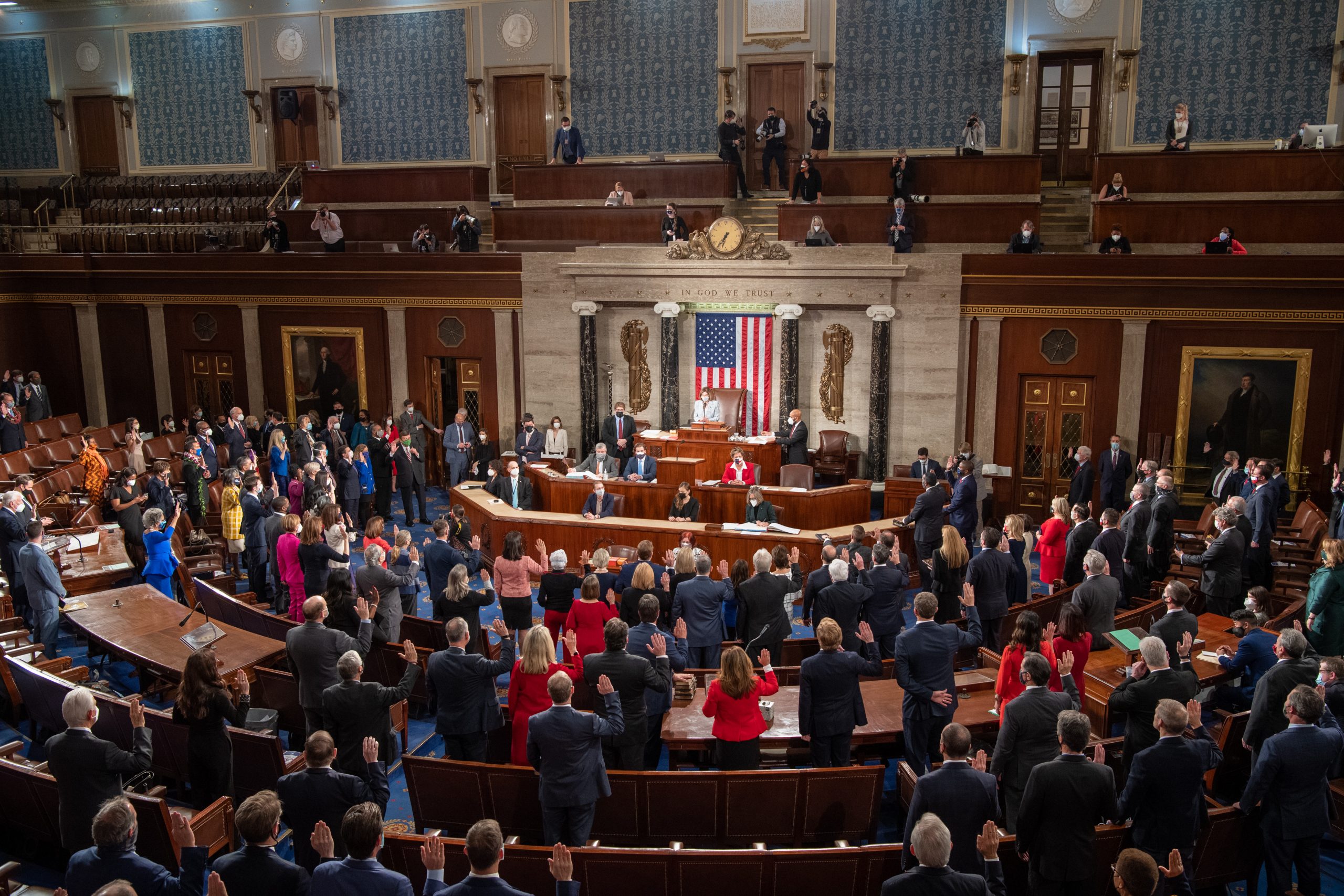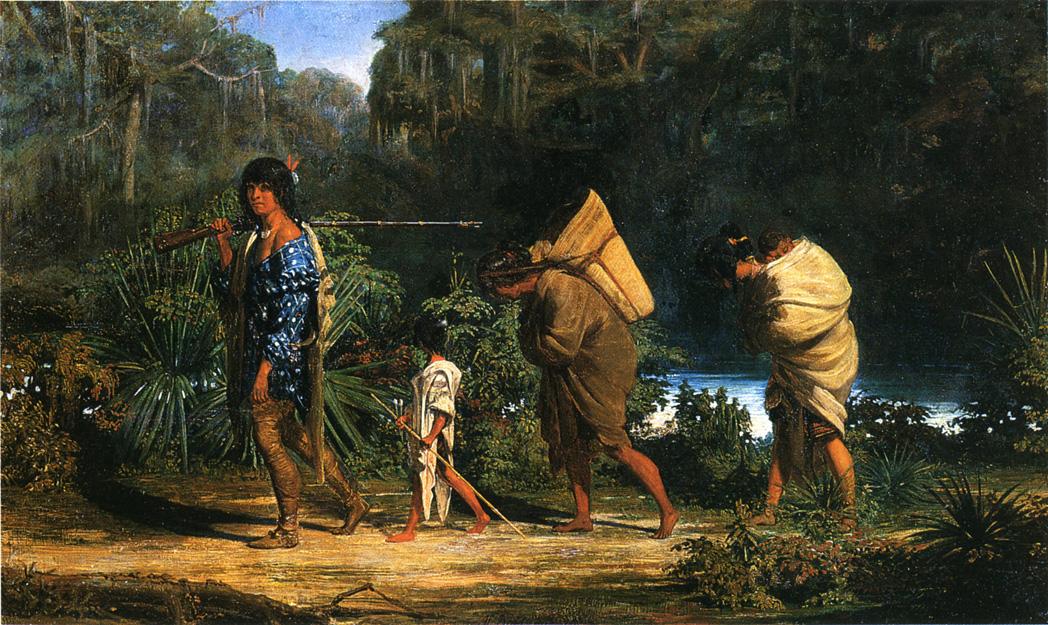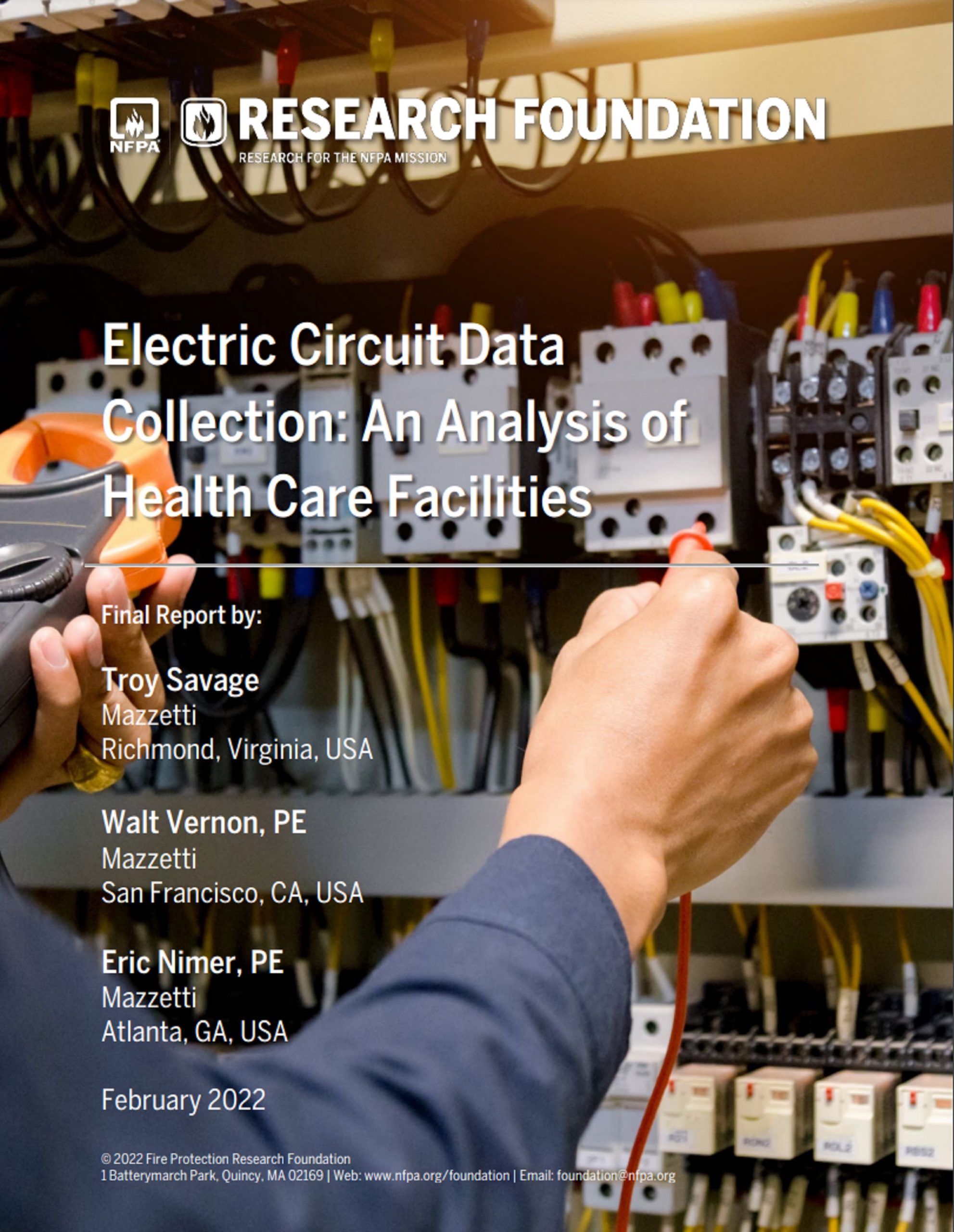H.R. 7510 National Education Association Charter Repeal Act
- Home Page 330

Public Funding Observatory: Toward 2020
Shot this nebula in our back yard with a borg 107 telescope 🔭 pic.twitter.com/wQL6UXr3vG
— Cathrin Machin (@Cathrinmachin) May 26, 2023
Standards Louisiana
We continue rollout of our collaboration platform for “code writers and vote-getters” begun at the University of Michigan in 1993. We are now drilling down into state and local adaptations of nationally developed codes and standards that are incorporated by reference into public safety and sustainability legislation.
Standards Michigan remains the “free” home site but state-specific sites such as Standards Louisiana will be accessible to subscribers. Please send bella@standardsmichigan.com a request to join one of our mailing lists appropriate to your interest for #SmartCampus standards action in the great State of Louisiana.

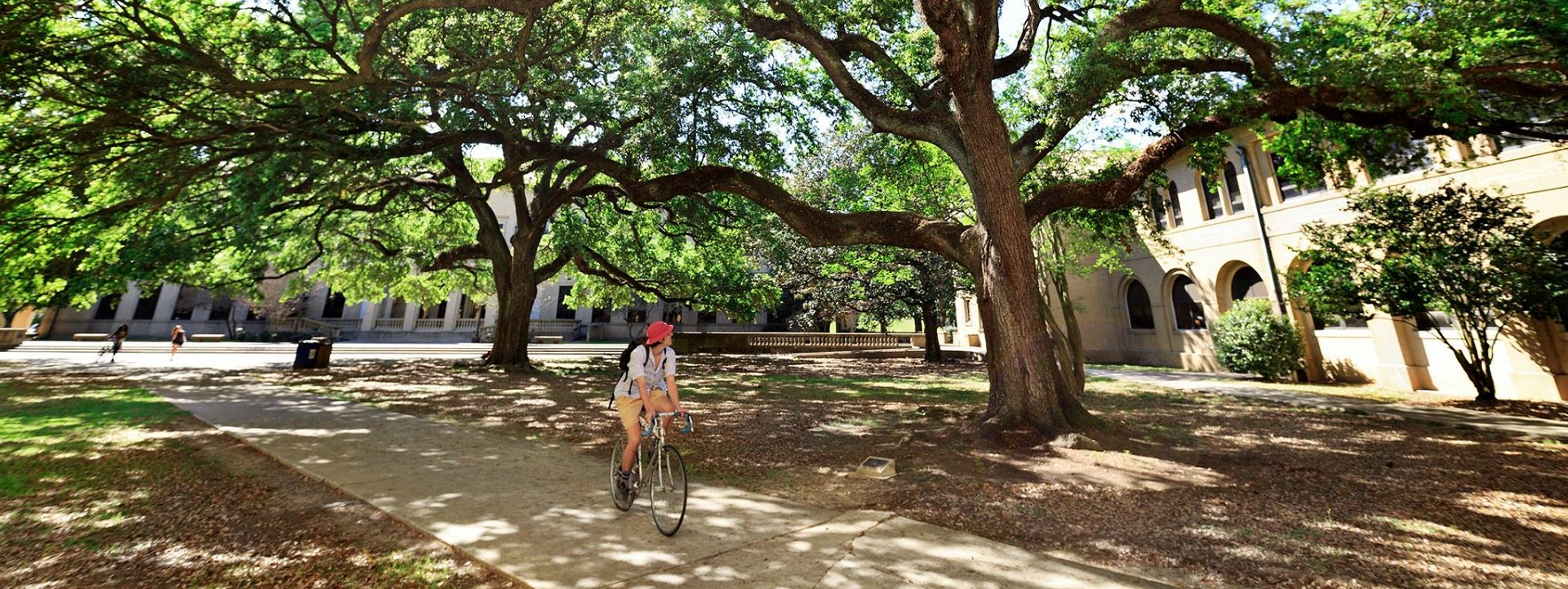
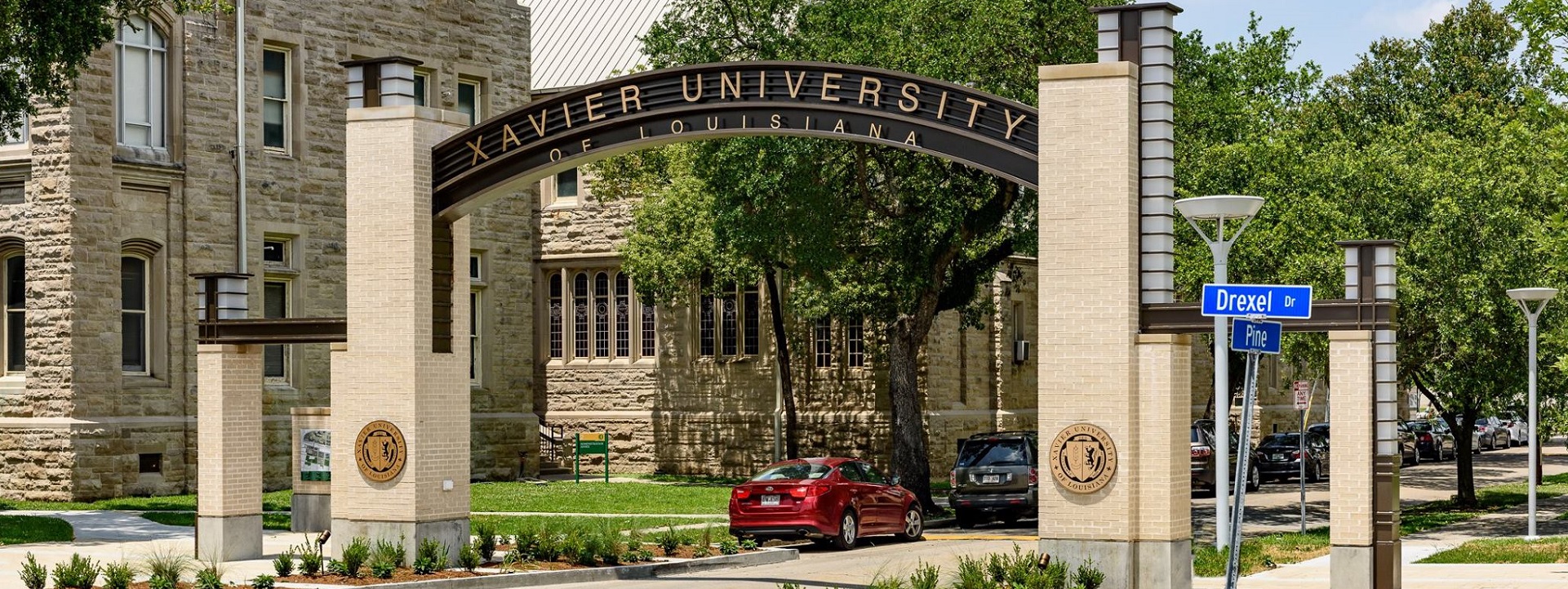
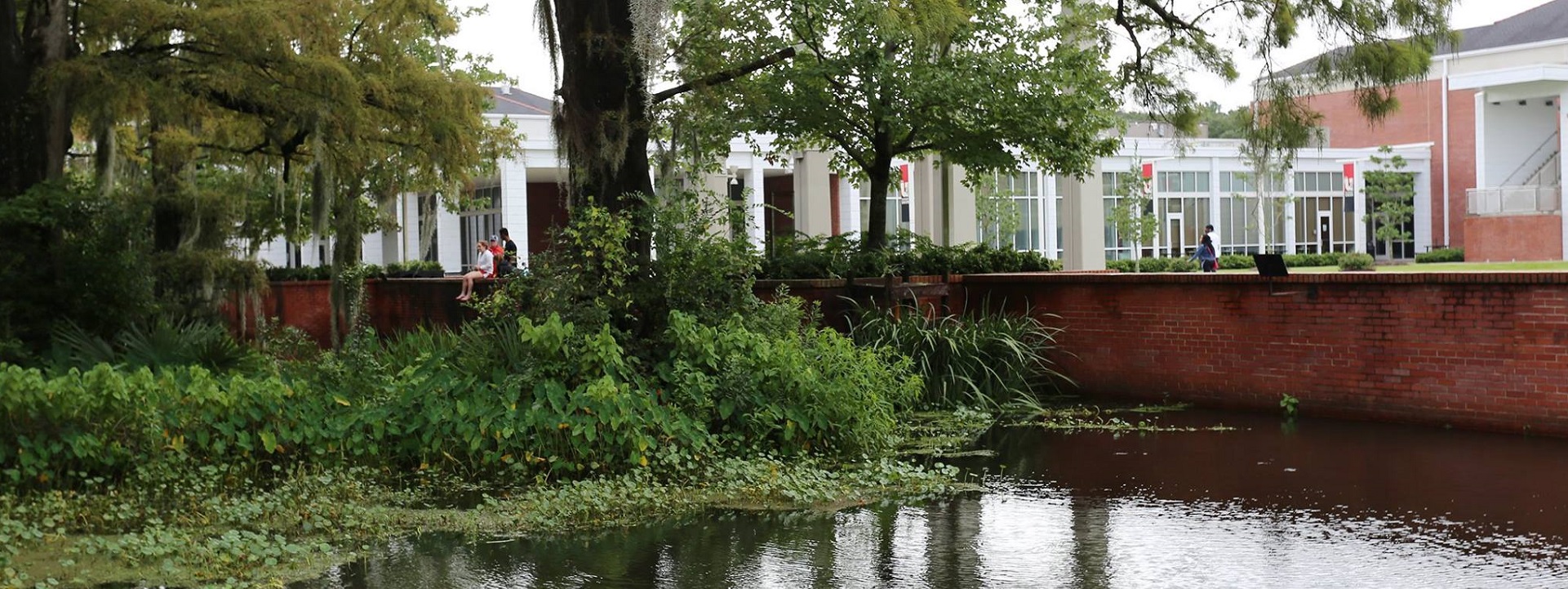
More
US Census Bureau American Community Interactive Data Map
US Congressional Districts Map
Teacher & Licensing Requirements by State
Finance
Electronic Municipal Market Access / Louisiana
Safety
Louisiana State Uniform Construction Code
Energy
Louisiana Public Service Commission
Information & Communications
Telecommunications Regulations
College radio stations in Louisiana
News
List of Louisiana Hurricanes (2000-present) N.B. Note Ida not yet covered
Arts
New update alert! The 2022 update to the Trademark Assignment Dataset is now available online. Find 1.29 million trademark assignments, involving 2.28 million unique trademark properties issued by the USPTO between March 1952 and January 2023: https://t.co/njrDAbSpwB pic.twitter.com/GkAXrHoQ9T
— USPTO (@uspto) July 13, 2023
Standards Michigan Group, LLC
2723 South State Street | Suite 150
Ann Arbor, MI 48104 USA
888-746-3670


